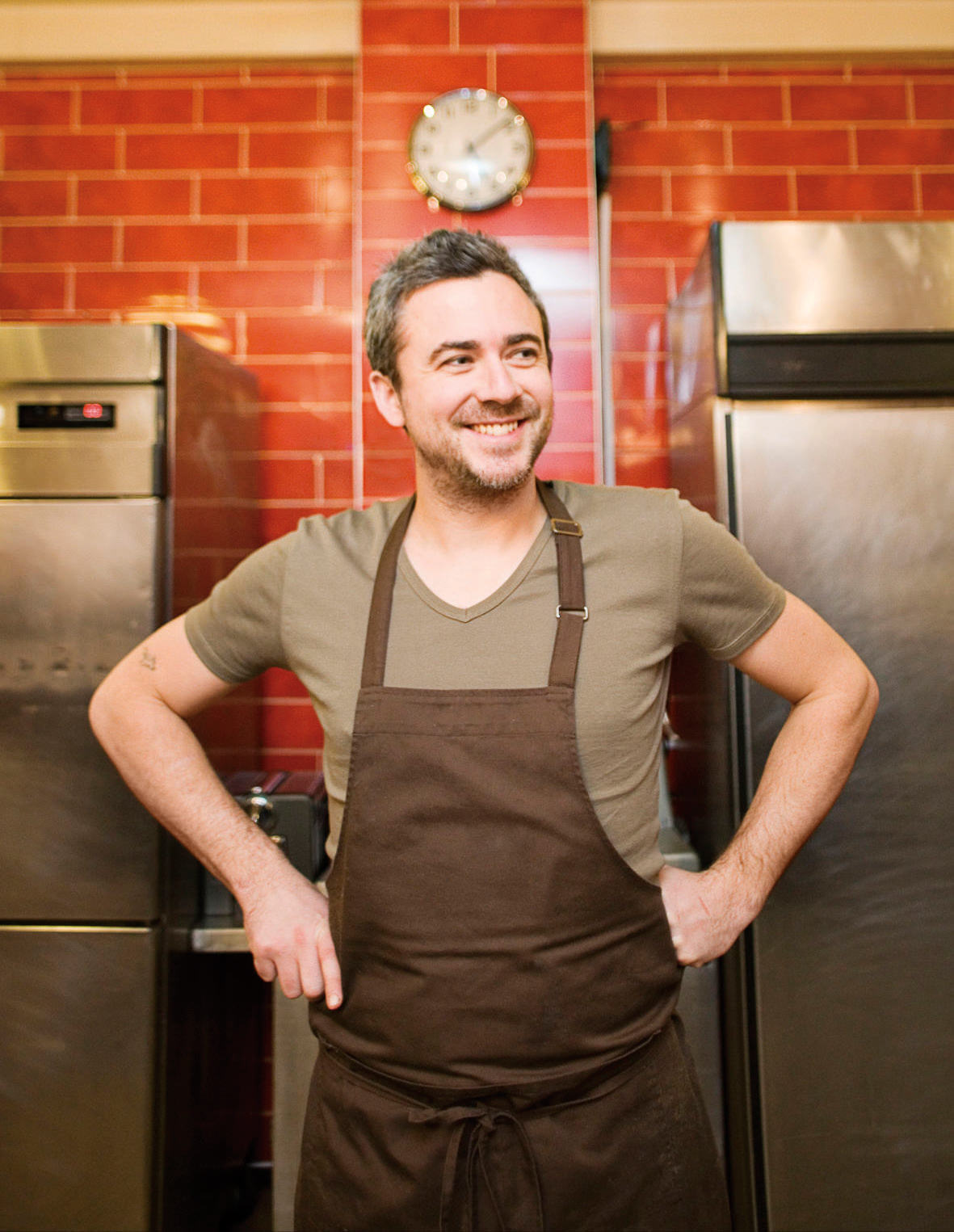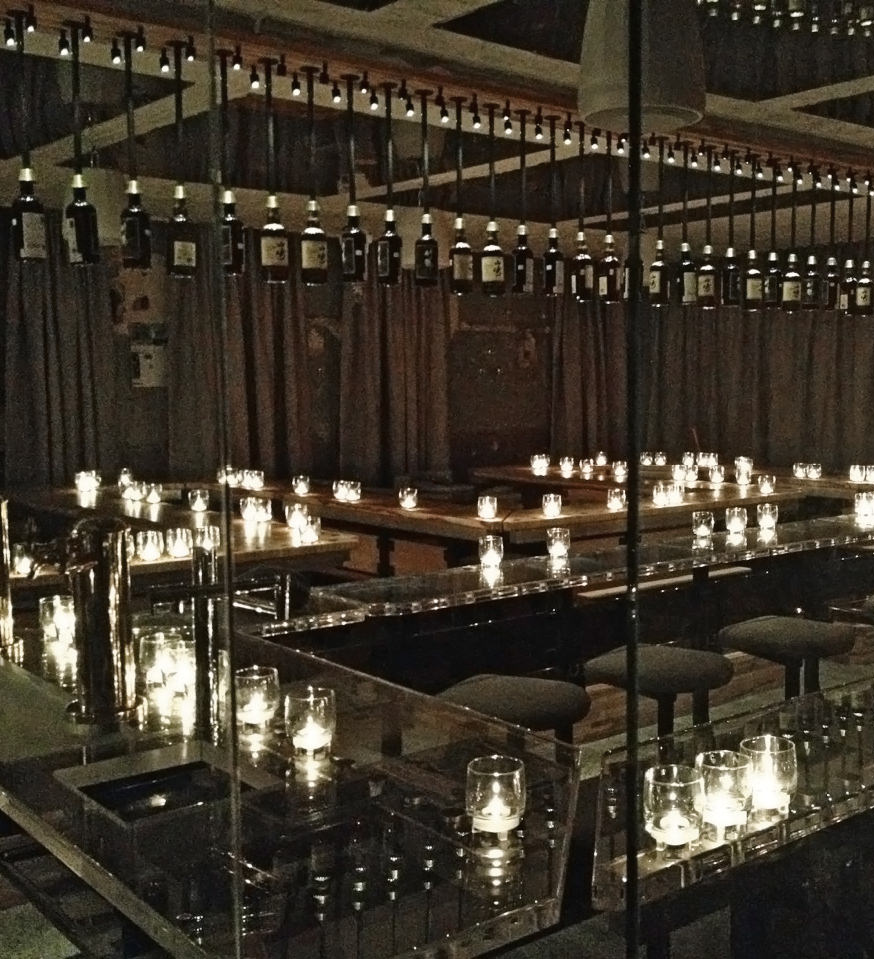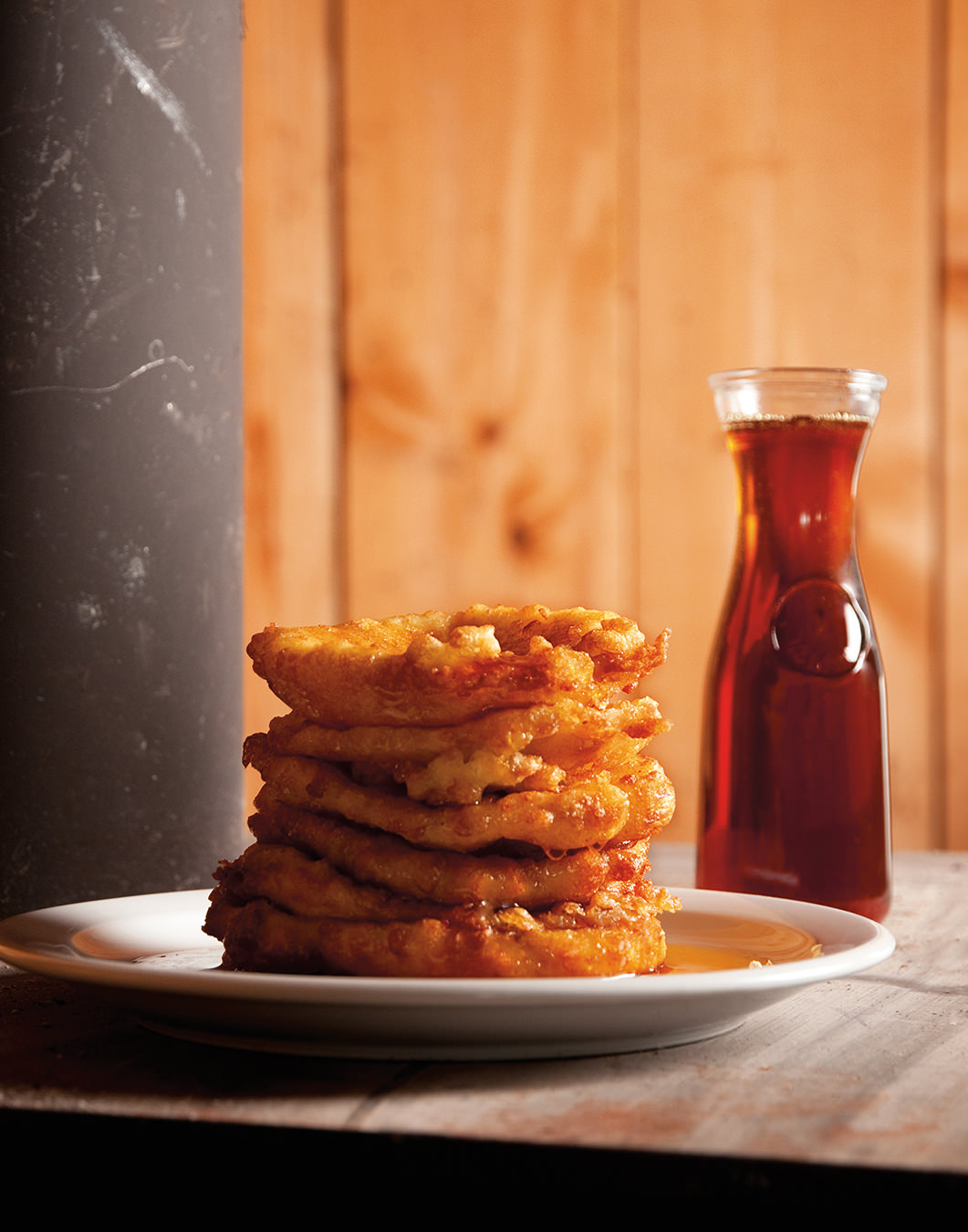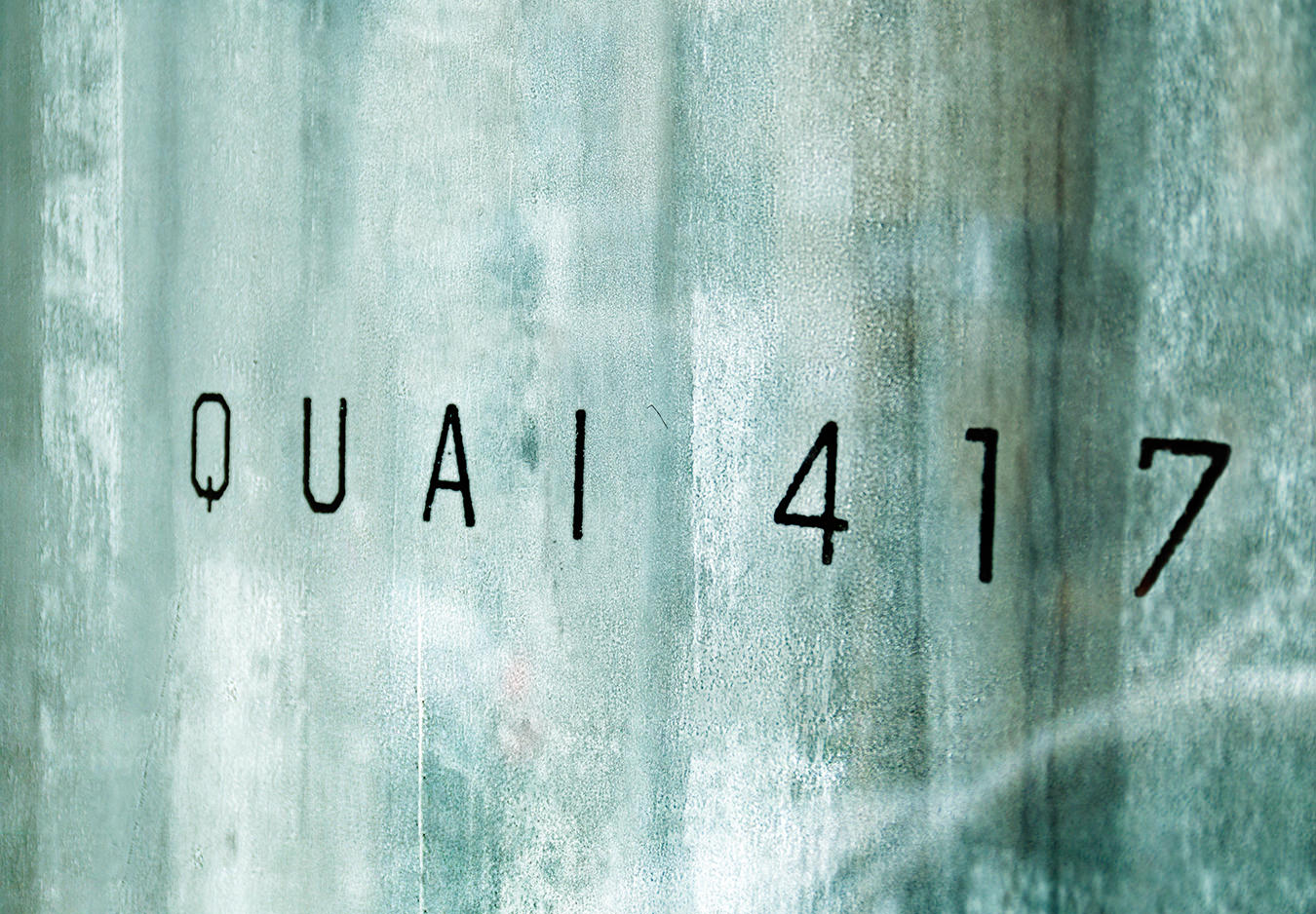Midnight in Montreal: How the “Sin City of the North” Came to Be
Montreal remains popular as a tourist destination in large part due to the remnants and revival of its Sin City entertainment like jazz and burlesque.
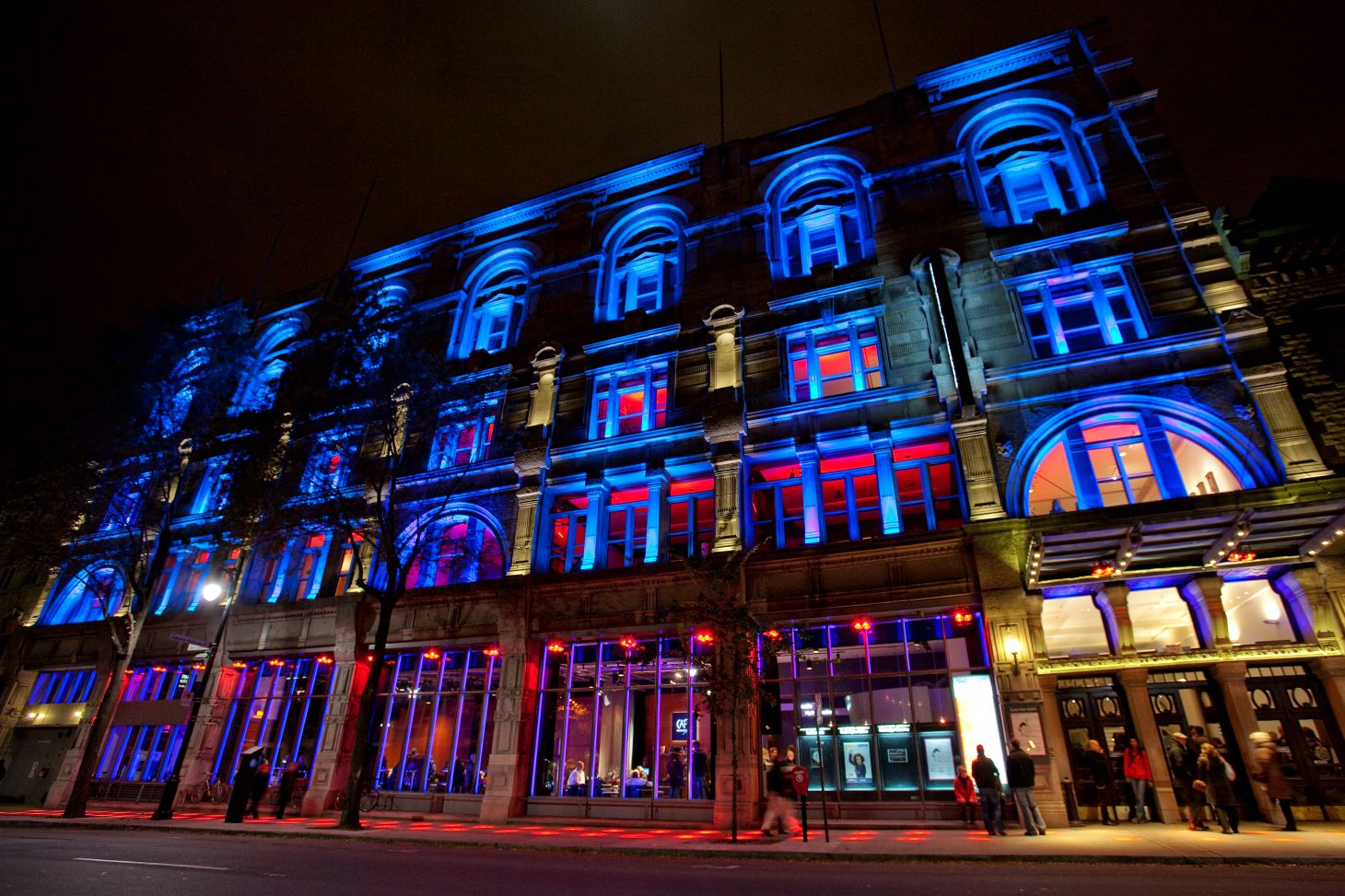
Photo by Martine-Doyon
The unassuming black door of The Wiggle Room hides a world of artistic expression, theatrical striptease, and a whole lot of raucous fun on Montreal’s famous Saint-Laurent Boulevard. Behind the door lies an interior of plush red velvet curtains, swanky retro cabaret decor, vintage banquettes, and a well-stocked bar.
The crowd howls at the introduction to the burlesque cabaret show, and the first performer saunters onto the stage in a flamingo-pink getup.
Montreal has a rich and storied history that led to its “Sin City” rep. When the lights went dark in bars across America during Prohibition, imbibers headed north, making the city a popular destination for those seeking to consume alcohol legally. This period fostered the growth of Montreal’s Red Light District, where the burlesque scene contributed to the city’s exuberant nightlife.
From 1920 until 1933, the USA was a dry country where manufacturing, transporting, and selling alcohol were outlawed. Canada also briefly observed Prohibition as part of the country’s First World War measures. While it was legal for companies to make alcohol in Canada and export it, it couldn’t be legally sold here.
“After the Second World War, Canadians said, ‘Wait one second here. We have a right to whisky at the end of the day, and we want our drinks and our civil liberties,’” says Isabelle Grégoire, a guide with Mtl Detours who leads a Sin City Golden Age Era & The Red Light District walking tour, centred on Saint-Laurent Boulevard and Sainte-Catherine Street. “So the federal government then decided to leave it up to the provinces to manage their alcohol sales and consumption.”
In 1921, Quebec created a province-run company that managed the sale of alcohol, the Commission des liqueurs de Québec, renamed Société des Alcools du Québec (SAQ) 50 years later.
“What this created was a haven in North America,” Grégoire says. “Montreal became Sin City not only because we had the right to consume alcohol publicly, and the right to buy it publicly, but also because of our French influence we also became the Paris of the North. We were something exotic and different for that.”
Grégoire notes that tourism boards pushed people to travel north during this period. “It became the cabaret scene across this side of North America,” she says, adding that it was a place to legally drink alcohol and enjoy shows in high-end cabarets. “It was a major scene for us.”
During this era, Sainte-Catherine Street was lined with neon lights. Back then, the street was “the strip” filled with dancers, singers, and artists, but there was also the underworld, brothels, bookies, strippers, sex workers, and gamblers who rubbed against each other in this Red Light District.
Montreal experienced its heyday until the 1940s when the Montreal Police Department had a dedicated “morality squad” whose job was to enforce laws related to prostitution, gambling, and other perceived vices. However, this didn’t mean the complete end of the Sin City.
“Chez Parée is a traditional strip club that used to be a jazz lounge back in the 1970s,” says Wiggle Room performer Sugar Vixen. “Billy Holiday used to perform there. There’s an incredible live soundtrack that Miles Davis cut back in the day there. Montreal is a jazz hub, and historically and traditionally burlesque performers performed with live jazz bands.”
Indeed, Montreal remains popular as a tourist destination in large part due to the remnants and revival of Sin City entertainment like jazz and burlesque. Montreal’s Quartier des Spectacles, which straddles the former Red Light District, is a cultural centre with theatres, concert halls, and jazz clubs. A luminous path of red lights paves the way to the 80 venues that light up the neighbourhood day and night.

